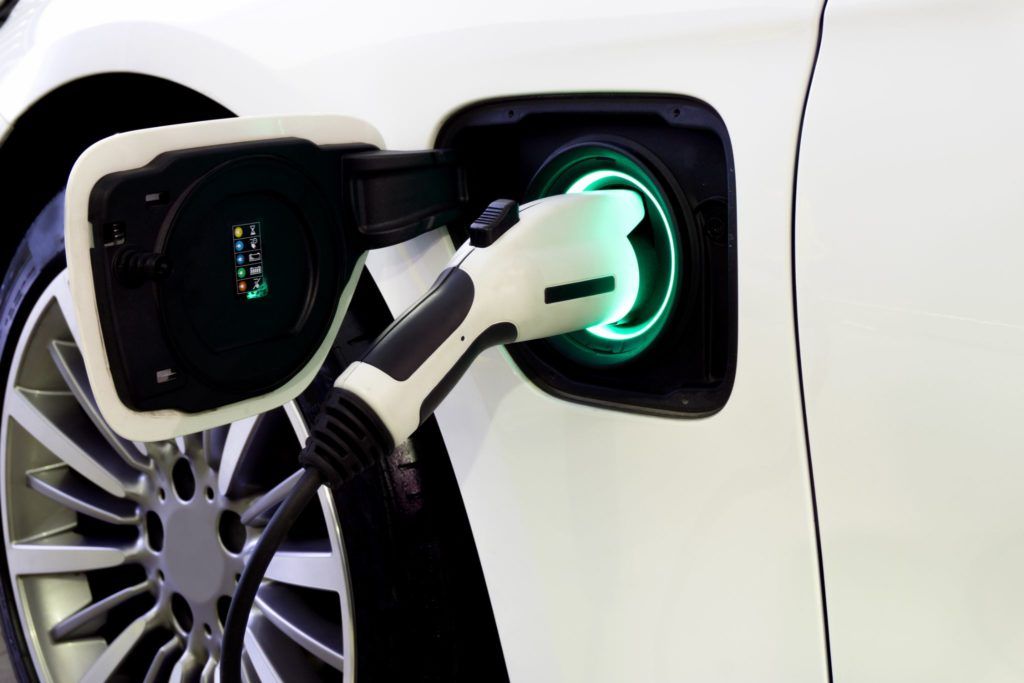Chris Jenkins, Business Development Manager for Miles Macadam, highlights the challenges around reducing carbon emissions in the construction industry and looks at the reasons why the use of innovative surfacing materials must be considered when designing schemes, including EV charging infrastructure projects.
Cutting carbon emissions should now be the priority for all of us.
Carbon usage within construction in the public and private sectors needs addressing with haste. The construction and building industry generates approximately 38% of the overall emissions within the United Kingdom. Since the Paris Agreement in 2016, most local authorities have declared to become net zero by 2050, including indirect emissions in construction and maintenance.
Although 2050 does seem like a long way away, it really isn’t, and we need to tackle it sooner rather than later. The Pareto Principle is accurate in this situation where 80% of the changes we make to reducing carbon emissions will be completed in 20% of the time. However, we will need to continue to make efficient changes in order to reach our net zero goal.
So how can low carbon processes be considered for new build construction and maintenance?
Product specification – is there enough information within the industry to enable low carbon materials to be used?
Cost – are low carbon and carbon neutral products deemed to be more costly? Does the cost outweigh the benefits?
Procurement – is enough emphasis being placed on low carbon solutions?
Innovation – is the industry open to accept innovative materials and try products which divert from “the normal”?
Over the last 10 years we have seen some great ways to reduce our carbon emissions, such as EV charging infrastructure projects, hydrogen bus production and use, and new battery plants. However, are the discussions taking place with regards to the construction and surfacing surrounding these projects? Are innovative materials being considered throughout design?
There are many ways to reduce carbon emissions in construction. Innovative technology has created lower carbon concrete mixes, lower carbon bituminous products, and unique combinations of both. The key is – measuring carbon is a must.
Measuring the carbon cost of a pavement construction or pavement maintenance is critical to a project being able to be carbon neutral. Carbon reduction strategies will reduce overall emissions, but measuring carbon accurately and offsetting is the way forward to zero emissions, and to making climate change happen on a global stage. Offset projects are still in their infancy, but greater uptake will ensure more and more schemes are available. There is still a lot of scepticism with regards to offsetting carbon, but projects are now so carefully monitored, assessed and assured that this should be less of a concern.
There are other companies in construction like us across the country – pioneers in pushing carbon reduction and carbon neutrality and they should be spotlighted now more than ever to lead this change and show that zero emissions for some is possible and can be implemented well in advance of the 2050 deadline.
The future is ours, and we are responsible for it.








